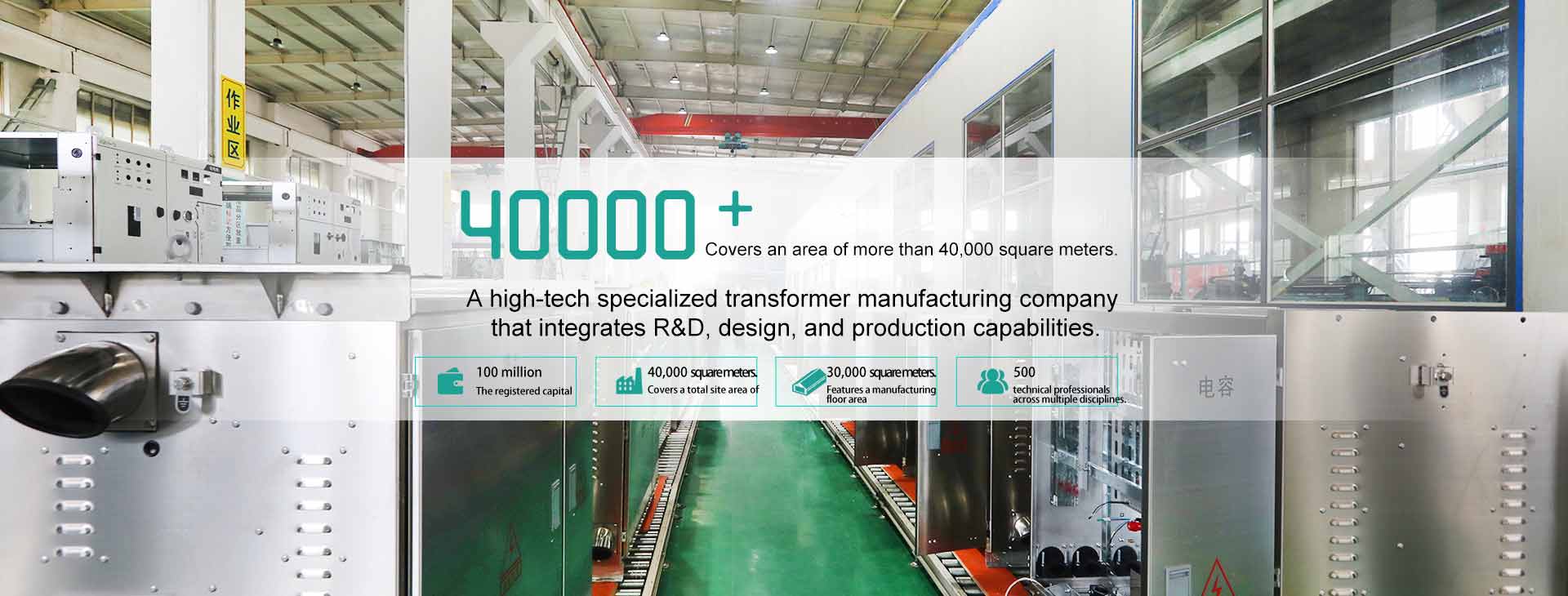Isolation Transformer Installation Methods and Precautions
An isolation transformer is a common electrical device used to transfer electrical energy from one circuit to another while providing electrical isolation. When installing an isolation transformer, it is essential to follow key steps and pay attention to critical details to ensure its proper operation and safe use. This article outlines the installation methods and precautions for isolation transformers.
1. Selecting a Suitable Installation Location
Before installing an isolation transformer, a suitable location must be chosen. The installation site should be away from flammable or explosive materials and ensure adequate ventilation to prevent overheating. Additionally, the weight and size of the transformer should be considered, and a sturdy support structure capable of bearing its weight must be selected.
2. Installation Foundation
A solid foundation is required for the installation of an isolation transformer to ensure its stability and safety. The foundation should comply with relevant codes and standards, typically constructed using concrete. Before pouring the foundation, the ground must be leveled and cleared to ensure the foundation's firmness.
3. Grounding System
The grounding system of an isolation transformer is crucial for protecting both the equipment and personnel. During installation, ensure that the transformer's grounding system is properly connected to the building's main grounding system, and the grounding resistance meets the specified range. Additionally, the reliability and stability of the grounding system should be ensured, with regular inspections and maintenance.
4. Cable Wiring
Cable wiring is another critical aspect to consider during the installation of an isolation transformer. The selected cables must comply with relevant standards and specifications, taking into account current load and voltage levels. Cable routing should avoid crossing with other equipment or wires to minimize interference and damage risks. Furthermore, proper insulation and protective measures for the cables must be ensured to guarantee safety and reliability.
5. Ventilation and Heat Dissipation
Isolation transformers generate heat during operation, so ventilation and heat dissipation must be considered. Ensure sufficient space around the transformer for air circulation and heat dissipation during installation. Additionally, avoid blocking ventilation openings and heat sinks, and perform regular cleaning and maintenance.
6. Safe Operation
After installing the isolation transformer, certain safety measures must be followed. Ensure the operating environment is safe, preventing water, moisture, and dust from entering the equipment. Regularly check the transformer's operating status and temperature to promptly identify and address any abnormalities. Finally, adhere to relevant operating procedures and safety guidelines to ensure personnel safety.
Conclusion
The installation methods and precautions for isolation transformers are critical to their proper operation and safe use. Selecting a suitable installation location, constructing a solid foundation, ensuring a reliable grounding system, proper cable wiring, adequate ventilation and heat dissipation, and following safe operating practices are all essential for the safe operation of isolation transformers. During installation, strictly adhere to relevant codes and standards, and conduct regular inspections and maintenance to ensure the equipment's long-term stable operation.











